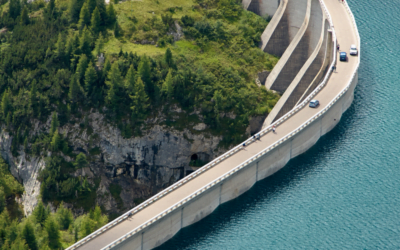Civil Engineering Trends, What is civil engineering?
‘The planning, design and construction of the physical world.’
This succinct sentence from Baker Bayne’s WC Head of Sales, Reece Hanning, describes civil engineering perfectly.
A civil engineer’s work is a fascinating mix of artistry and science. To the uninitiated, the job seems almost prophetic in nature.
Civil engineers have to be able to predict the future.
They need to understand weather and environmental conditions, and understand how these will affect what they’re creating – whatever it may be. Which means having insight into the fundamental nature of a large range of materials, in a wide variety of conditions.
They need to understand humans and human behaviour and usage patterns. Which means they need to know what the people who use the things they create will do with those things, why they want them, and how they could be made better.
And they need to know what trends and technological developments are changing the world in which they work, and understand how those changes affect the work they do, and the people who use it.
We spoke to the top minds at Baker Baynes and asked them to predict 2017’s biggest civil engineering trends. Here’s what they said:
The four biggest civil engineering trends in 2017
- Building Information Modelling (BIM)
- Revolutions in data capturing techniques, including integrated data gathering (such as drones and thermal imaging)
- Sustainable design
- Water engineering
- New materials
Over the next few weeks, we’ll take a look at each of these trends, and analyse the impact each one has on civil engineering, and the world civil engineers are working to build.
Why is this civil engineering so important?
Before we dive into the impact of technology trends on the civil engineering landscape, it’s helpful to have an insight into why this science is so important.
In his 2010 TED Talk, TED fellow Peter Haas explains the Haiti earthquake disaster: “Haiti was not a natural disaster. It was a disaster of engineering.” He shows how what killed the tens of thousands of people in Haiti wasn’t the earthquake, but the unsafe buildings that collapsed on top of them.
His arguably controversial position is supported by the aftermath of the earthquake that happened in Chile not long after Haiti’s devastation. The scale of the Chilean disaster was a fraction of that in Chile.
What made the difference?
Sound construction techniques.
Civil engineering is vital, and learning the right way to do it can be affordable, as Haas shows.
Watch the talk here:
If you have civil engineering questions, drop us a line and we’ll get right back to you.




0 Comments